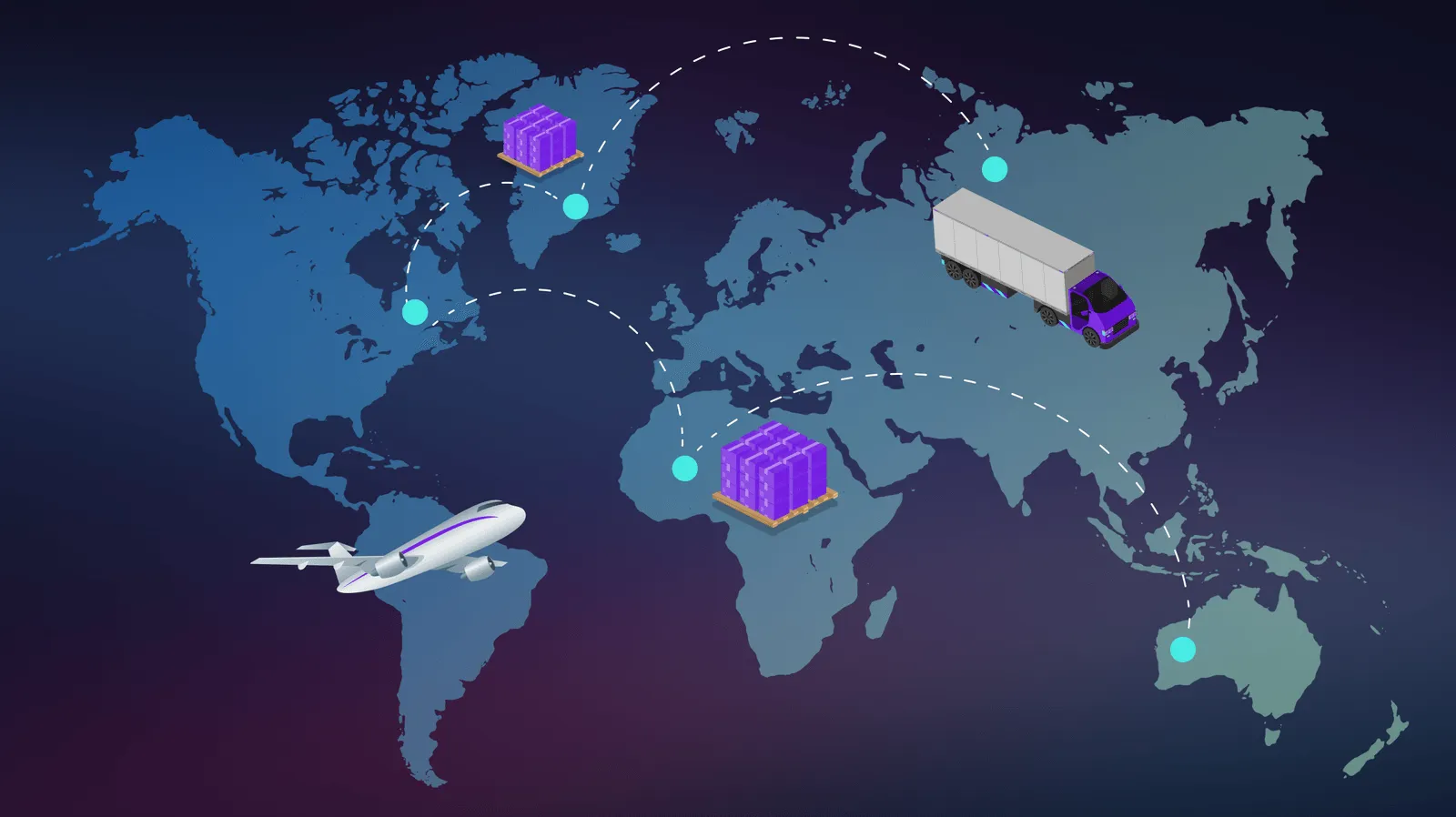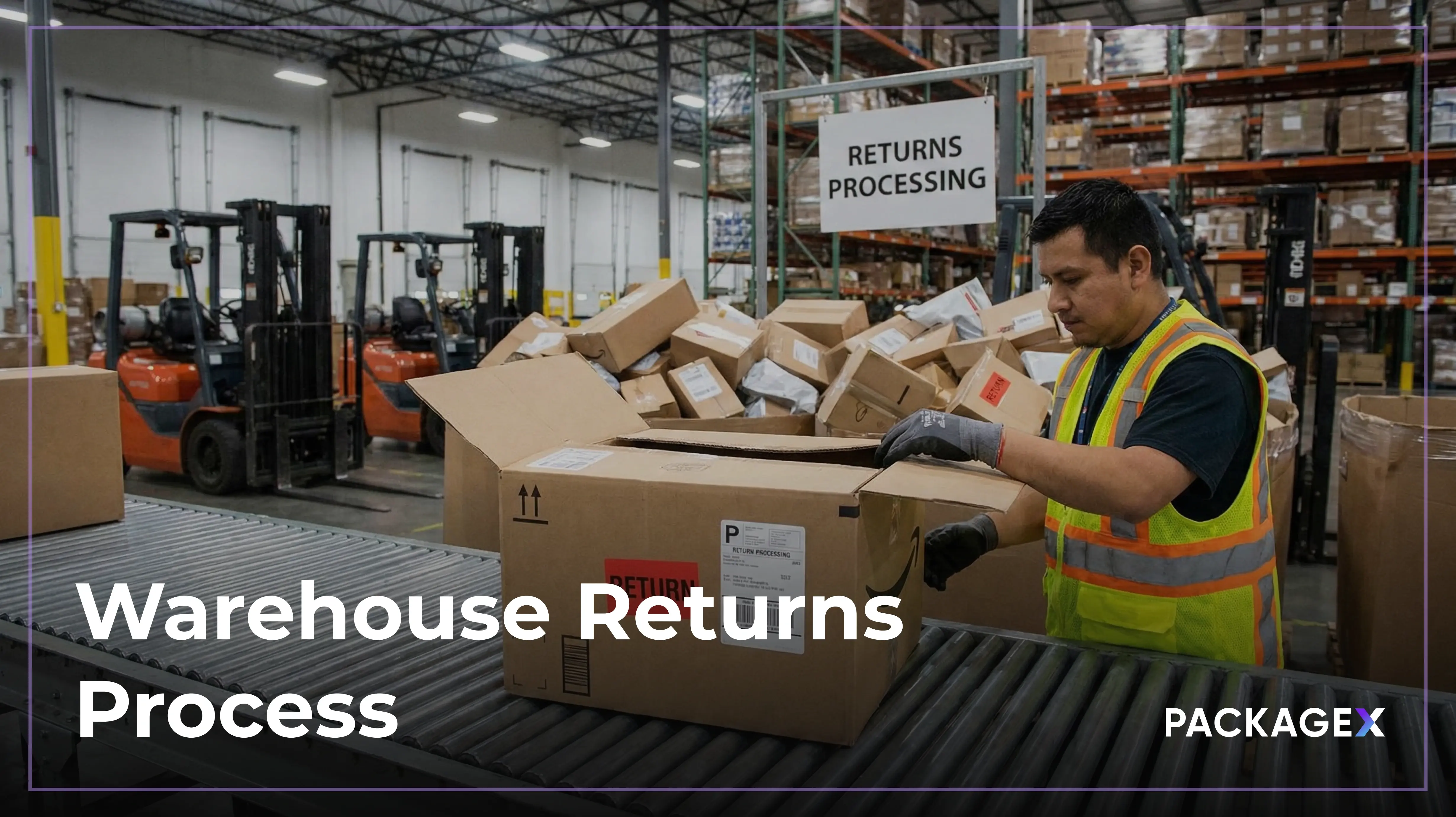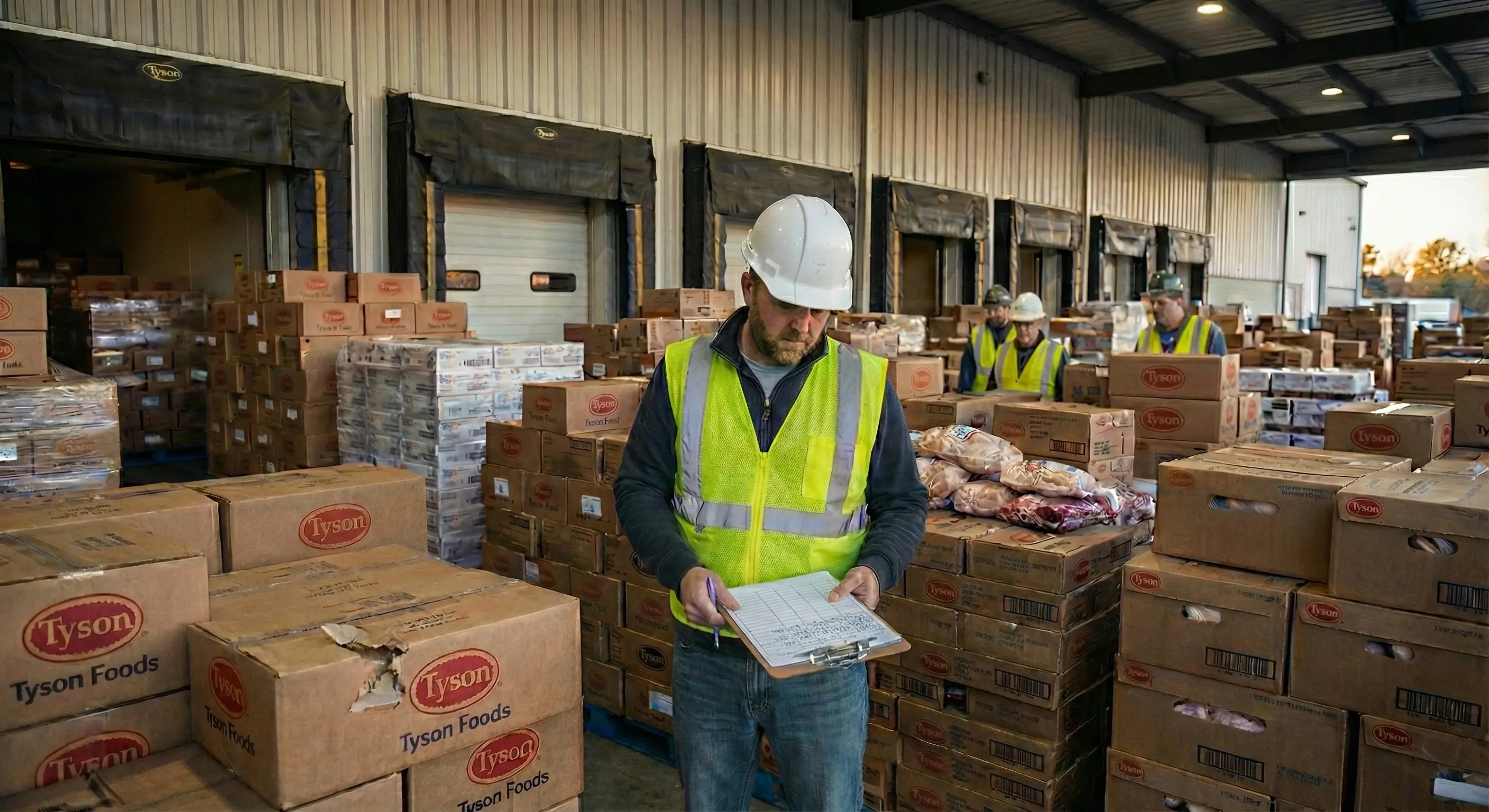A global supply chain is basically the whole web of connections a business depends on to bring its products or services to life, stretched out across countries far and wide. It might sound straightforward, but let’s be real—keeping a global supply chain running smoothly can get tricky.
People are involved at every level, along with the steady flow of information and all those raw materials that fuel the system. Then, there are endless tools and checks that ensure everything is running according to the rules set by different governments. It’s a lot to manage, but every piece—every person, resource, and regulation—has its own part to play in keeping things humming along.
What Is the Global Supply Chain?
A global supply chain is a network that organizations rely on to produce goods or services across different parts of the world. This network can stretch across multiple countries and even continents to handle sourcing and supply. In many cases, a global supply chain involves a steady flow of information, resources, and processes moving worldwide so that everything functions in a smooth manner. In 2022, the global supply chain management market was estimated to be valued at around USD 28.9 billion and is projected to grow to 45.2 billion by 2027.
What Is a Global Value Chain?
A global value chain includes all the activities that businesses participate in to get a product from concept to market. It’s not just about the production phase; it also includes everything that happens before and after production, such as planning, sourcing, and distribution.
At first glance, this might sound like the definition of a global supply chain, but there’s a subtle difference. A global supply chain usually focuses on the manufacturing and distribution aspects. For instance, you typically wouldn’t include your research and development or marketing teams in a discussion about your global supply chain. On the other hand, a global value chain takes a broader view and includes all these elements as part of one cohesive unit.
In simple terms, if a partner, vendor, or supplier enhances your business's value and their absence could disrupt your supply chain, then they’re an essential part of your global value chain, even if they only play an indirect role.
What Is the Difference Between a Global Supply Chain and a Local Supply Chain?
Local chains operate within a single country or region and primarily use rail and trucking to transport goods from one location to another. In contrast, global supply chains can span vast areas and are inherently multinational, involving multiple countries in their operations.
What Are the Benefits of a Global Supply Chain?
Here are some benefits of globalized long-distance Supply chains that will help you better understand the concept:
Provides Access to High-Quality Partners
A global supply chain opens doors to a wider range of suppliers and partners who may offer superior quality or specialized resources that aren’t available locally. This access can significantly impact your product development and innovation processes, allowing you to stay ahead in the market. So you can tap into specialized resources that may not be available locally.
Enables Faster Shipping to Remote Destinations
With a global supply chain, you can strategically position yourself closer to key markets. If you have operations spread across regions like Asia and Europe, you can tap into international markets more easily, which gives customers worldwide quicker shipping times. This capability is important for efficiently meeting consumer demands.
Lowers Overall Costs
Many businesses, especially smaller ones, turn to foreign markets for more affordable production options. You might think that expanding to international supply chains would increase expenses, especially with freight and transportation costs factored in. However, many countries offer lower production costs, making it appealing to source materials and labor from abroad. Also, if your business can purchase goods when the dollar is strong against the local currency, you could further reduce expenses, ultimately leading to more competitive pricing for your products or services.
Facilitates Research Opportunities
Global supply chains can teach you about trends and innovations. This awareness gives businesses a competitive edge in developing new products that meet consumer demands before their competitors do. By connecting with suppliers worldwide, global supply chain companies can learn from different markets and adapt their offerings accordingly.
Increases Inventory Management Capabilities
A global supply chain allows businesses to buy higher volumes of materials at lower costs, which can lead to better inventory management. Purchasing in larger quantities helps avoid shortages and delays so companies can keep up with demand. The ability to reorder materials quickly contributes to a more efficient production process, which leads to faster revenue generation.
Offers a Broader View of Business
Engaging in international business expands your perspective by exposing you to various cultures and customs. This broadened viewpoint sparks creative ideas for product development, though it also presents challenges. Through better decision-making and strategic planning, business outcomes can improve.
Attracts International Customers
A global supply chain makes it easier for businesses to reach customers around the world. By establishing outposts in various regions, you can market and sell your products more effectively, expanding your customer base significantly.
Risk Reduction
While some may argue that a global supply chain increases risks, it can also help reduce them. For instance, if your supply chain is confined to a single region, a natural disaster in that area could halt your entire operation for an extended period. A global supply chain diversifies your sources and reduces dependence on any one location. With effective supply chain management, you can minimize potential risks, making your business more resilient.
What’s the Downside of Globally Sourced Goods?
- Longer Lead Times: Shipping can delay delivery, making it tough to plan ahead.
- Reputational Risks: There's potential exposure to issues like modern slavery, which can harm your brand.
- Exchange Rate Fluctuations: Global markets can be affected by regional changes.
- Communication Challenges: Misunderstandings can arise if terminology and communication methods aren't clear.
- Increased Risk Exposure: Unrest in other countries can disrupt your supply chain.
- Loss of Control: Managing quality and communications can be difficult across distances.
Could a Global Supply Chain Benefit Your Business?
Absolutely! Many industries, like food and beverage, electronics, and textiles, thrive on global supply chains. By sourcing materials from one country, manufacturing in another, and selling worldwide, you can maximize efficiency and reach a larger market. Just remember to weigh the advantages and disadvantages to see if this approach aligns with your business goals.
Strategies for Success in Global Supply Chain Management
In the world of commerce, global supply chain management refers to how goods and services are distributed across a multinational company's network. The goal is to maximize profits while minimizing waste, ensuring that everything flows smoothly from production to delivery. Here are some global supply chain strategies to help you succeed:
- First, adopt industry-approved standards and be aware of legal obligations related to importing and outsourcing.
- Build strong relationships with your suppliers, ensuring trust while verifying their capabilities. Document everything to maintain clarity and transparency.
- Have a solid financial plan to manage the costs, as supply chains can consume up to 85% of revenue.
- Develop a clear global supply chain logistics strategy with third-party logistics (3PL) to minimize delivery costs and increase efficiency in reaching customers quickly.
How PackageX Transforms Your Global Supply Chain Experience
PackageX is your partner in revolutionizing global supply chain management. With real-time tracking, AI-powered analytics, and seamless integration, we improve your operational visibility and streamline processes so you get better inventory management and timely deliveries. Our cost optimization strategies help you save money while taking care of customer satisfaction through accurate delivery estimates. Plus, our global supply chain solutions come with compliance and risk management features, so you can navigate global trade regulations with confidence. Book a demo to discover how PackageX can elevate your global supply chain experience and drive your business success today.
{{returns-webinar}}
FAQs
What is an example of a global supply chain?
An example of a global supply chain would be if a company gets its raw materials from China, produces the product in India, and then sells it to customers in North America.
What are the trends impacting global supply chains?
Current trends in global supply chains are:
- AI: Artificial intelligence enhances efficiency by predicting demand and automating routine tasks in supply chains.
- Sustainability: A focus on sustainability drives eco-friendly practices, reducing waste and promoting responsible sourcing.
- Circular Economies: Circular economies encourage recycling and reusing materials, leading to greater resource efficiency in production.
- Internet of Things (IoT): IoT improves visibility and inventory management through real-time tracking of goods.
- Adopting Automation: Automation streamlines operations, reduces manual labor, and boosts productivity while lowering costs.
- Digitization: Digitization improves data collection and analysis, enabling informed decisions and enhancing supply chain performance.
What happens when global supply chains get disrupted?
Supply chain disruptions can cause shortages of essential goods, drive up prices, lead to factory shutdowns, and result in unloaded shipping containers. These issues can then impact a country's overall economic health.




